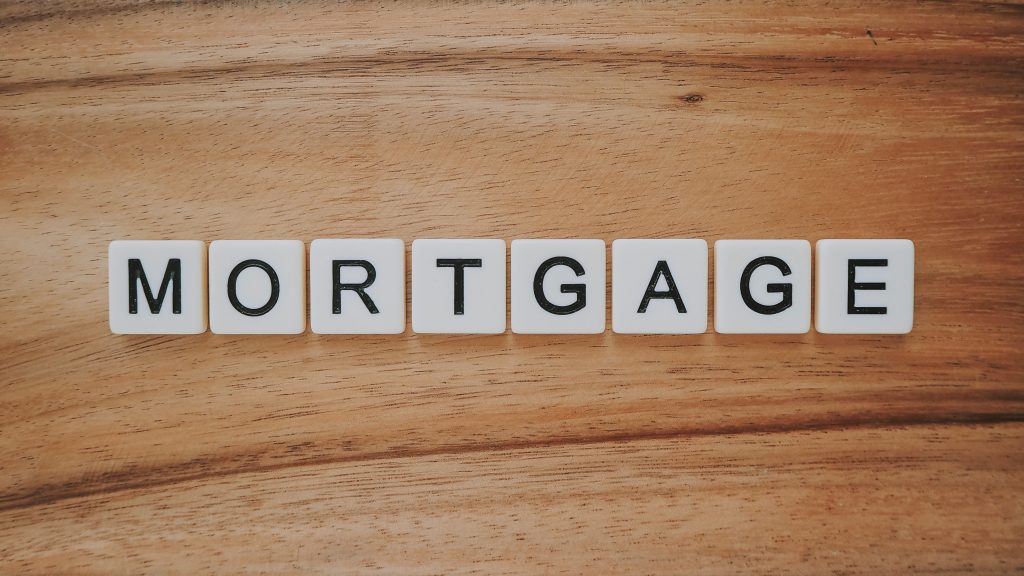
Which Mortgage Type to Choose?
There are lots of steps involved from finding an agent, finding the property, choosing your mortgage, and other steps when you decide to buy a home or acquire an investment property. Thus, most buyers find it overwhelming, especially for first-time buyers. In this article, we will focus on discussing the types of mortgage you can choose from. This will serve as a guide in understanding the different types of mortgages to help you decide the perfect one for you.
Most people think that finding the right property is the “main” battle in the homebuying process. While this may be true, finding the property is only half the battle. Finding the best mortgage type is the other half. With so many options available, it can be hard to choose which type should you apply for. You need to look at each type’s advantages and disadvantages to know which will best suit your needs. If only shopping for mortgages was as easy as shopping for clothes or shoes which can only take you a few hours. But shopping for mortgages requires time and effort to know the perfect one. Before we proceed in learning the different types of mortgages, let us briefly define first what a mortgage is.
What is a Mortgage?

As defined by Cambridge Dictionary, a mortgage is an agreement that allows you to borrow money from a bank or similar organization by offering something of value, especially to buy a house or apartment, or the amount of money itself.
When paying a mortgage, it involved two components: the principal and the interest. The principal is the loan amount, while the interest is the additional amount charged by the lenders. Lenders will allow you to choose the number of years you will pay your loan. This is referred to as your mortgage term. During your mortgage term, you will pay a calculated amount monthly based on an amortization schedule set by your lender.
Types of Mortgages
Here are the 8 different types of mortgages:
Conventional Mortgage
A conventional mortgage is a loan that is not secured or backed by the federal government. It is available through a private money lender or the two government-sponsored enterprises — Fannie Mae and Freddie Mac. In addition, the need to conform to the loan limits set by the Federal Housing Finance Administration (FHFA). To qualify for a conventional loan, the borrower should have good credit, stable employment, and income histories. On top of that, he/she also needs to put in a 3% down payment.
If the borrower put at least 20% down, he/she does not need to pay for mortgage insurance anymore. Mortgage insurance is typically required with lower down payments.
Conforming Mortgage Loan
This type of loan is bound by maximum loan limits set by the government. However, the limits may vary depending on the geographic area. For example, the latest baseline set by the FHFA is at $510,400 for one-unit properties. But in some parts of the country, it may be different. Like in New York City or San Francisco. The FHFA sets a higher maximum loan limit in those areas. This is because home prices in those areas are high and exceed the baseline loan limit by at least 115% or more.
Non-conforming Mortgage Loan
From the word itself, a non-conforming mortgage loan is the opposite of a conforming loan. It does not follow the Fannie Mar or Freddie Mac standards. Thus, it generally cannot be sold or bought by those 2 government-sponsored enterprises. Besides, lenders impose stricter requirements. Borrowers must show larger cash reserves, have strong credit, and 10% or 20% (or more) down. Jumbo loans and subprime loans are some examples of non-conforming conventional mortgages.
Government-Insured Federal Housing Administration Loans (FHA Loans)
When a borrower cannot qualify for a conventional loan, FHA loans are one of his options. FHA loans are backed by the federal government where borrowers can put down as little as 3.5% of the home’s purchase price. Compared to conventional loans, FHA loans have more relaxed credit requirements. They allow a FICO score as low as 500 if you want to qualify for a 10% down payment. Hence, this is perfect for low-to-moderate-income borrowers who cannot afford a large down payment. However, there is one downside to FHA loans. All borrowers are required to pay an annual mortgage insurance premium. It is mortgage insurance that protects the lender in case the borrower defaults.
Government-Insured Veterans Affairs Loans (VA Loans)
The U.S Department of Veterans Affairs created this type of loan specifically to qualified military service members, veterans, and their spouses. Borrowers can get the full loan amount with no down payment. Besides, the loan can also include a cap on closing costs, no broker fees, and no mortgage insurance. But VA loans require a “funding fee”. It is a percentage of the loan amount to help equalize the cost to the taxpayers. It may vary depending on your military service category and loan amount. However, there are service members that are not required to pay the funding fee. They are:
- Veterans that are currently receiving VA benefits due to service-related disability.
- Veterans qualified for VA compensation for service-related disability if they did not receive retirement pay.
- Spouses of the veterans that died in service or service-related disability.
Government-Insured U.S Department of Agriculture Loans (USDA Loans)
In order to help low-income buyers in rural areas own a house, the U.S Department of Agriculture guaranteed USDA loans for them. As long as the property meets the USDA’s eligibility rules, qualified borrowers will only need to put little to no down payment.
Commercial Loans
A commercial loan is a funding arrangement for a business from a financial institution. It is used to fund expenses or operational costs of the company. It can also be used to help the business in funding for payroll, or the production and manufacturing process. Commercial loans require collaterals from business entities. Typically, in the form of property, equipment that the bank can confiscate in case of a default.
Bridge Loans
A bridge loan is also referred to as bridge financing or bridging loan. It is used until an entity or company can secure a permanent financing or existing obligation. Bridge loans allow the borrower to meet its obligation by giving instant cash flow. They are usually short term, which mostly lasts until 1 year. Because they are short-term, they typically have high-interest rates. Like commercial loans, bridge loans require collaterals such as inventory or real estate.
Tips in Choosing the Best Mortgage
Now that you know the different types of mortgages, here are a few tips for choosing the right mortgage type for you.
- Determine your budget.
- Consider and carefully study the mortgage term that will best suit your budget and needs.
- Set your savings goal to align with the right mortgage term.
- Know your intentions and five-year plan in the house.
- Talk and shop at least three lenders.
Summary
When choosing what mortgage type to get, you must know where you stand. So, you need to check your credit report before you shop for mortgages. The tips provided above are also important so you can decide the perfect mortgage option for you. If not, you might end up seeing yourself paying for a house you do not want to live in anymore.